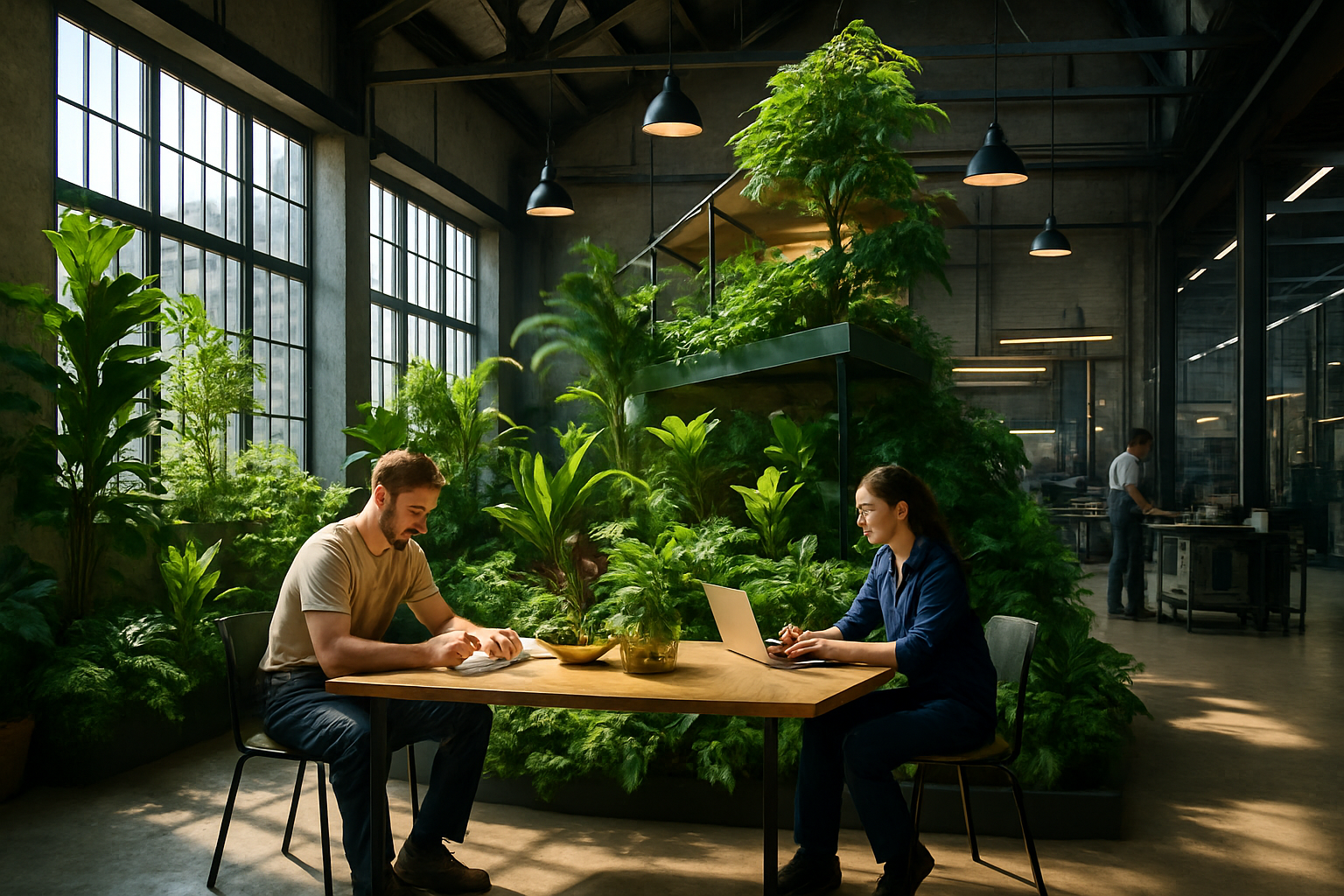Lighting and color choices that reduce eye strain during daily tasks
Thoughtful lighting and color decisions can significantly reduce eye strain for people working remotely or in shared spaces. This article summarizes practical adjustments to fixtures, monitor settings, and color palettes that support productivity and ergonomics while considering acoustics, organization, and sustainability in a typical home workspace.

Good lighting and considered color choices help reduce eye strain during prolonged daily tasks, especially for those who work remote or split time between locations. Adjusting ambient light, task lighting, and screen settings can maintain consistent contrast and prevent glare. Paired with ergonomic furniture and simple organizational changes, these measures support sustained productivity and comfort. Below are practical, evidence-based recommendations for arranging lighting, choosing hues, and coordinating your monitor, posture, and schedule to reduce visual fatigue.
How does lighting affect productivity and ergonomics?
Ambient lighting sets the baseline for visual comfort: too dim forces pupils to dilate and focus harder, while overly bright or uneven light causes glare and squinting. Aim for diffuse, evenly distributed illumination that matches the brightness of your monitor to reduce contrast extremes. Use layered lighting—ambient paired with adjustable task lamps—to create controllable zones. Proper lighting supports ergonomics by allowing neutral head and eye positions; when you don’t have to lean forward or tilt the screen, posture and long-term musculoskeletal comfort improve, which in turn sustains productivity over longer work sessions.
What monitor and color settings reduce eye strain?
Set monitor brightness close to room brightness and increase contrast slightly for clearer text edges without oversaturation. Choose a color temperature between 4000K and 5000K for most daytime work to balance cool and warm tones; many displays offer a “warm” mode for evening use to lower blue light. Use larger fonts and higher contrast themes when reading dense documents. Position the monitor about an arm’s length away with the top of the screen at or slightly below eye level to minimize vertical eye movement. Regularly clean screens to reduce glare from dust or fingerprints.
How can posture, furniture, and organization help vision?
Ergonomic furniture supports consistent visual alignment: an adjustable chair and desk let you maintain a neutral spine and steady eye height relative to the monitor. Organize frequently used items within easy reach to avoid repetitive leaning or twisting that distracts the eyes. Proper storage reduces clutter and visual noise, while cable management keeps surfaces clear and reflections minimal. Good organization also supports scheduling and work flow—when tools and documents are easy to find, you spend less time straining to refocus between tasks and more time on productive work.
How do acoustics, connectivity, and privacy interplay with lighting?
Acoustics and privacy influence where you place your workspace, which affects available light. A quieter corner with fewer interruptions often has different natural light levels; you may need additional task lighting there. Connectivity decisions can dictate device placement and cable runs, which in turn affect how light reflects off surfaces. Consider adjustable blinds or sheer curtains to control glare without sacrificing daylight. Privacy screens and room dividers can reduce visual clutter from background activity, helping your eyes settle on the primary task and reducing fatigue caused by constant refocusing.
How should scheduling and breaks be combined with lighting choices?
Incorporate regular visual breaks into scheduling: follow a pattern such as 20 minutes on, 20 seconds looking at a distant object, or a 5–10 minute break every hour to rest focus and adjust posture. Time-of-day lighting adjustments—brighter, cooler light in the morning and warmer, dimmer light in the evening—can help maintain circadian alignment and reduce late-day eye strain. Use reminders or tools integrated into your productivity routine to prompt screen breaks and brief stretching to support both ocular rest and posture.
How to manage cables, storage, and sustainability without sacrificing comfort?
Tidy cable management and sensible storage reduce distractions and glare from reflective surfaces. Choose sustainable lighting options such as LED fixtures with dimmable drivers to lower energy use and provide consistent light levels. Select furniture and storage solutions made from low-reflectance materials to minimize stray light. Even small investments like adjustable task lamps with efficient bulbs and well-placed shelving can combine organization and sustainability goals while supporting a comfortable, low-strain workspace.
This article is for informational purposes only and should not be considered medical advice. Please consult a qualified healthcare professional for personalized guidance and treatment.
In summary, reducing eye strain in a home office involves aligning lighting intensity and color temperature with monitor settings, maintaining ergonomic posture via furniture and organization, and embedding breaks into your schedule. Attention to acoustics, connectivity, privacy, and sustainable choices further refines the environment, helping maintain focus and productivity without sacrificing comfort or long-term eye health.




